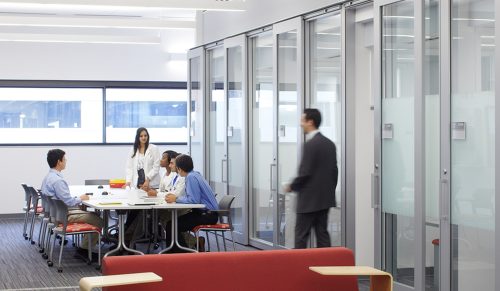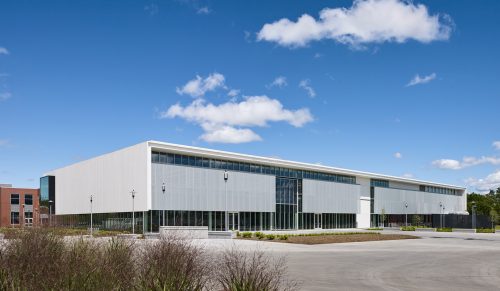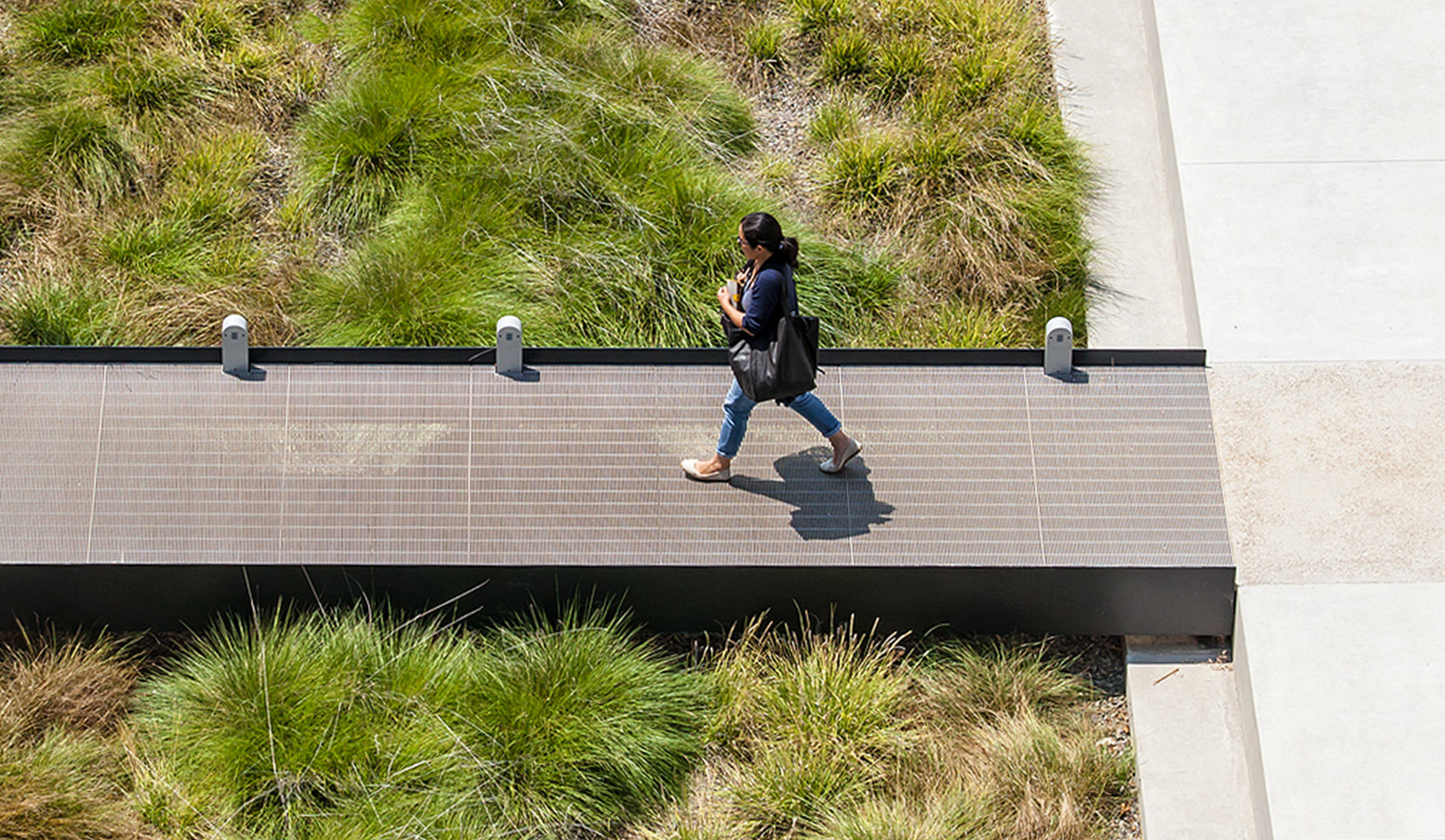
Groundswell: The Practice of BNIM’s Landscape Studio
By the year 2050, 75 percent of the world’s population will live in cities. BNIM’s Landscape Studio is responding to this profound change by using the power of design to meet the urban challenges of tomorrow and transform the places we live.
Our practice builds inspiring, integrated experiences between people and place, designing our collective future in these key ways:
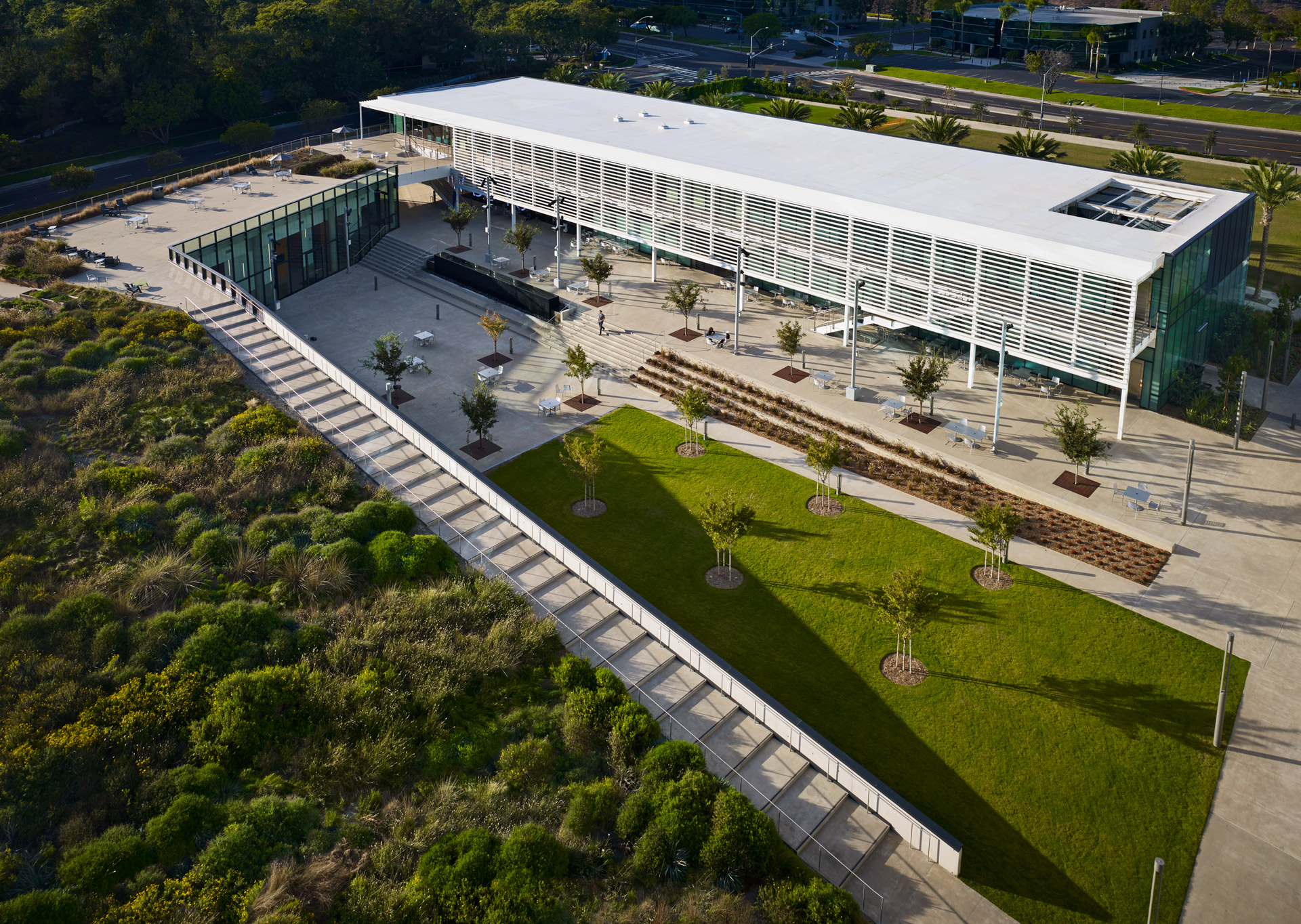 PACIFIC CENTER CAMPUS DEVELOPMENT — AMENITIES BUILDING — LANDSCAPE
PACIFIC CENTER CAMPUS DEVELOPMENT — AMENITIES BUILDING — LANDSCAPE
1. Weaving Together Landscape and Place
We build new connections between nature and the city by understanding that sites are interconnected places with deeply rooted cultural, social, and natural processes. Our systems-based designs blur the boundaries between interior and exterior spaces, and are built to adapt and change over time.
In our work, the edges between buildings and site break down as indoor spaces blend seamlessly into welcoming landscape environments that provide areas for group work, creative thinking, and impromptu gathering. Edible gardens and adaptive landscapes grow within the framework of our designs, providing spaces for relaxation, conservation, and food production.
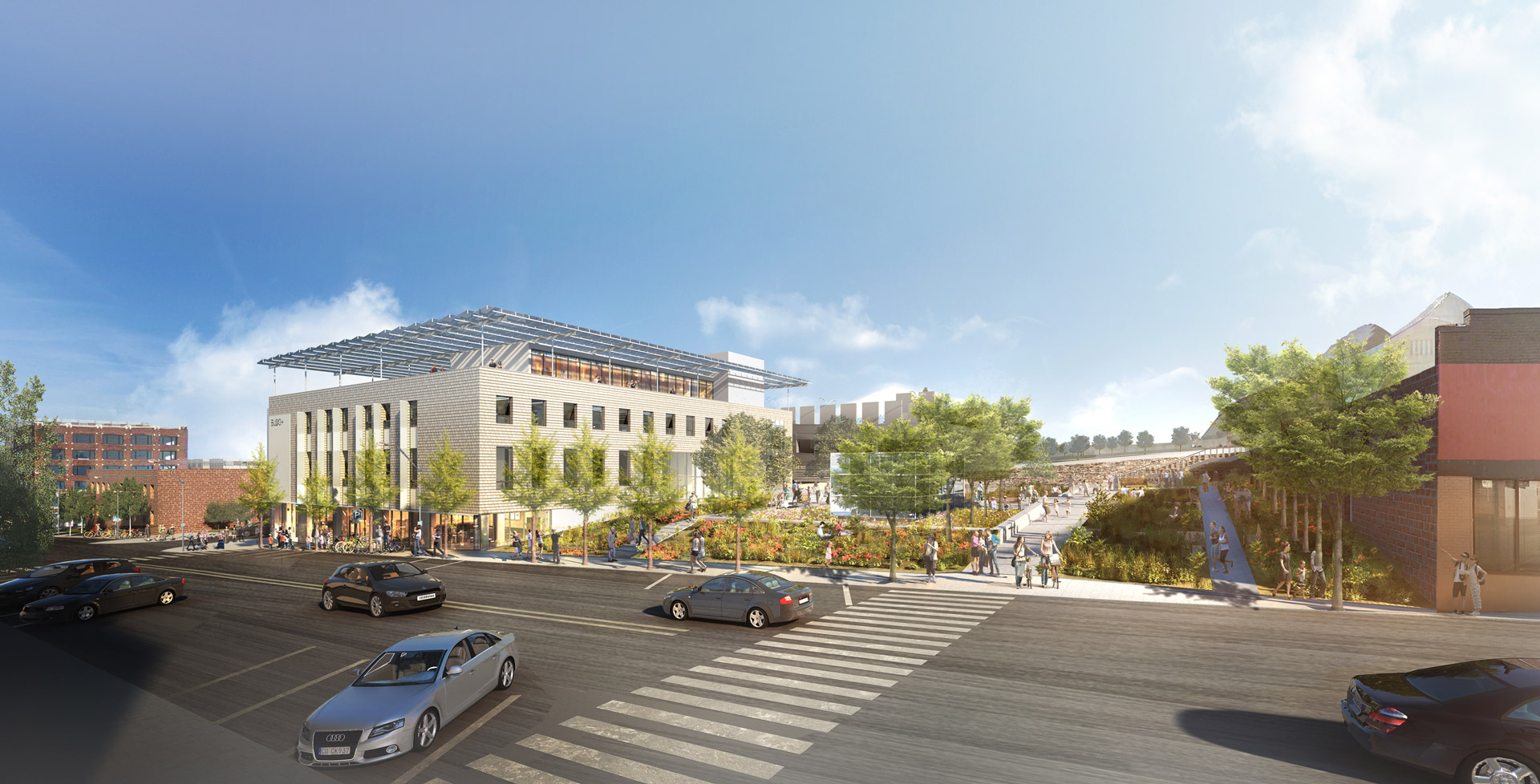 BUILDING POSITIVE: A FOUR-IN-ONE PROTOTYPE — LANDSCAPE
BUILDING POSITIVE: A FOUR-IN-ONE PROTOTYPE — LANDSCAPE
2. Landscape as Infrastructure
Cities are complex ecosystems that require thoughtful integration of the natural with the cultural, creating a hybrid urban form that mimics the native functions of the site within the programmatic demands of the city.
We believe that native and adaptive landscapes have the power to restore not only a sense of place, but also important biodiversity that provides natural habitats, ecosystem balance, and community beautification.
By emulating nature’s infrastructure, landscape design can be a call to a greater purpose for finding water and waste management solutions that are unexpected, but purposeful, beautiful, resilient, and restorative to their site.
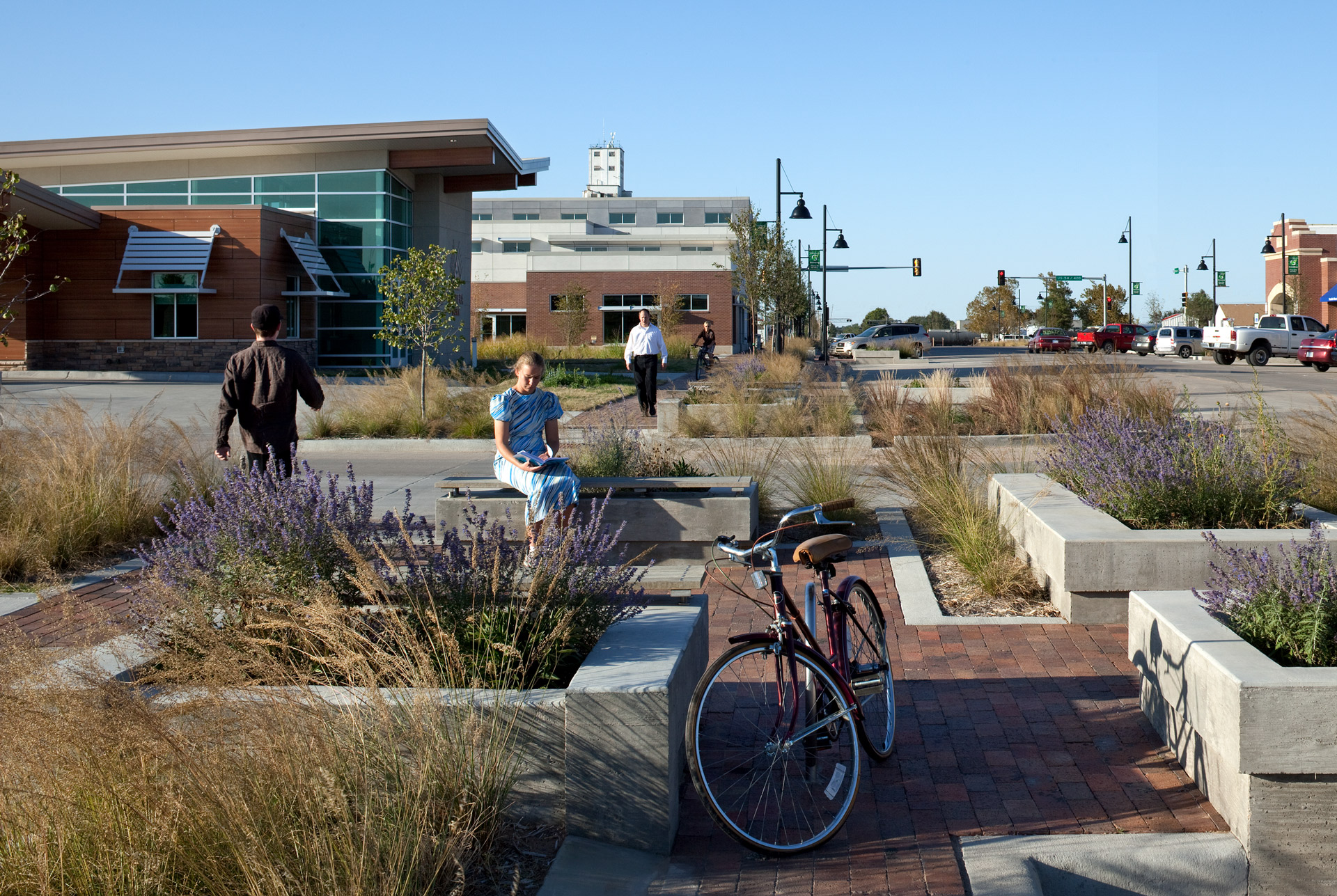 GREENSBURG MAIN STREET STREETSCAPE
GREENSBURG MAIN STREET STREETSCAPE
3. Designing for Human Vitality
Our work centers on a Human Purposed Integrated Design (HP.id) approach that promotes health and happiness, transforms locations into destinations, and empowers local communities. Our designs are grounded in research on human engagement metrics, including beauty, well-being, connectivity, performance, and resilience.
Research confirms what we instinctively know: proximity to natural settings makes people healthier, happier, and more productive. Most people spend the vast majority of time inside, so BNIM uses an interdisciplinary process to deeply integrate natural landscapes and native ecosystems into our projects. This takes many forms — from the thoughtful integration of views between interior and exterior, to the creation of passive and active recreation spaces, to the design of healing gardens where plants have therapeutic benefits. These benefits transcend project type and geography.
We empower the public and give diverse communities a voice. Each of our human engagement metrics are studied and recorded through the lens of civic and systemic design. Beautiful cities ground community pride and establish ownership in the places we call home. Thus, we look at how pop-up projects, installations, or unconventional landscapes can build better cities and advocate change.
Landscape architecture can also lead the evolution of workplaces into human-purposed spaces by melding active campus design ideas and innovative workplace strategies with native plant ecosystems, innovative water strategies, and the physical and psychological benefits of being surrounded by nature.
. . .
BNIM’s Landscape Studio creates thoughtful, innovative work that considers the natural and built environments as integrated, connected systems. We understand the profound impact that nature has on human well-being — and our collective future — and strive to strengthen its presence in our growing cities.
View our landscape projects | Read Groundswell
. . .
